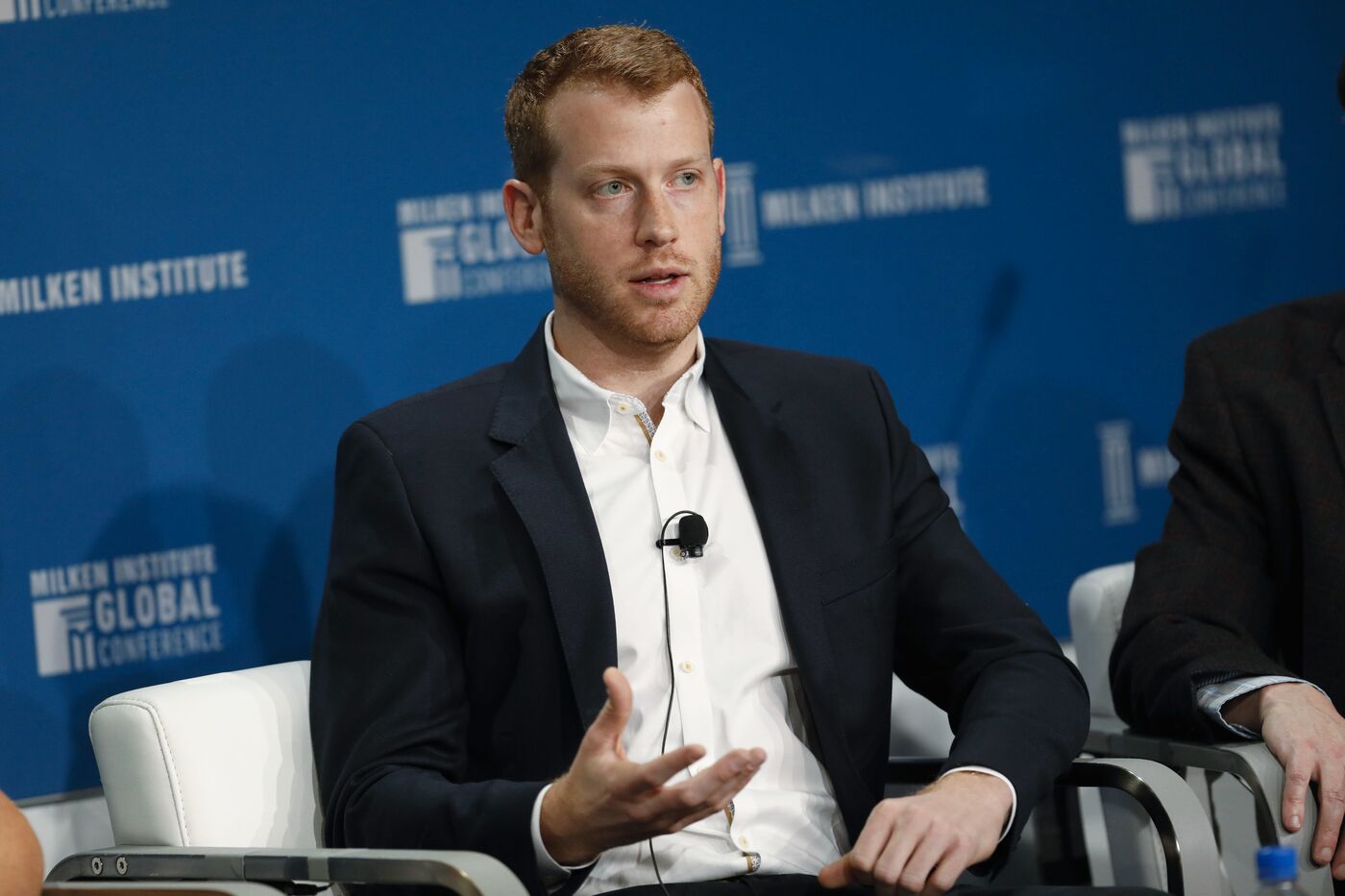Table Of Content
- Police look for man they say assaulted a baby on a San Francisco bus
- Cruise wasn’t hiding the pedestrian-dragging video from regulators — it just had bad internet
- LAPD seeks public’s help identifying driver, victims in street takeover hit-and-run
- Vogt resigns as CEO of Cruise following safety questions, recalls of self-driving vehicles
- More from this stream Friday news dumps: all the news companies hoped you wouldn’t notice

Vogt wanted Cruise to dominate the market much in the same way that Uber dominated Lyft. But in truth, Uber’s failed effort to launch driverless cars turned out to be way more instructive. On October 24, the California DMV yanked Cruise’s operating permit, and two days later the company pulled all of its remaining AVs from its operational cities in Arizona and Texas. Previously, Cruise had targeted a rollout of its fleet to a total of 10 cities, including Nashville and San Diego by the end of 2023.
Police look for man they say assaulted a baby on a San Francisco bus
Cruise’s statement said its board had accepted Vogt’s resignation. Mo Elshenawy, Cruise’s executive vice president of engineering, will become president and chief technology officer. It said Craig Glidden also will serve as president and continue as chief administrative officer for Cruise, an appointment announced earlier. Cruise's statement said its board had accepted Vogt's resignation. Mo Elshenawy, Cruise's executive vice president of engineering, will become president and chief technology officer.
Cruise wasn’t hiding the pedestrian-dragging video from regulators — it just had bad internet
"As for what's next for me, I plan to spend time with my family and explore some new ideas. Thanks for the great ride!" Vogt wrote. A spokesperson for Cruise said the company had accepted Vogt’s resignation. “Cruise is still just getting started, and I believe it has a great future ahead,” Vogt said on X. He was named CEO in 2022 and formerly held that position from 2013 to 2019, according to his LinkedIn profile.
LAPD seeks public’s help identifying driver, victims in street takeover hit-and-run
In August, a fire truck responding to an emergency with sirens on collided with a Cruise vehicle in an intersection after the vehicle failed to pull over. In mid-October, Cruise said it had improved its technology’s responses to emergency vehicles. The real failure, though, was the creation of a culture of keeping details close to the vest. Cruise had a disturbing pattern of revealing only what they felt they had to. This probably arose from fear of the public’s instinct to look at incidents rather than statistics, but in the end it was not sustainable. When the dragging incident happened, they worked hard to get out the message that another driver was at fault.
General Motors’ self-driving-car unit, Cruise, is shaking up its leadership after the company lost permits needed to operate in California and paused its operations. Vogt's resignation comes after General Motors installed its very own Executive Vice President of Legal and Policy (and already a Cruise board member), Craig Glidden, as Chief Administrative Officer of the autonomous vehicle firm last week. Cruise's legal, communications and finance teams now report to Glidden. In an internal email sent on Saturday, Vogt wrote that he “take[s] responsibility for the situation Cruise is in today. There are no excuses, and there is no sugar coating what has happened. Our approach is working with regulators, press, the public, and other stakeholders simply must improve.
"We will continue to operate our vehicles in closed course training environments and maintain an active simulation program in order to stay focused on advancing AV technology." Then came Oct. 2, when a Cruise robotaxi in Downtown San Francisco dragged a woman who was already struck by a human driver in a hit-and-run. The California Department of Motor Vehicles suspended Cruise's robotaxi permits and accused the company of hiding complete footage of the incident from regulators.
In October, the California Department of Motor Vehicles suspended the company’s operating permit, citing concerns about risks to public safety. The agency alleged the self-driving-car company, which reportedly had roughly 400 cars operating in San Francisco, withheld video of a Cruise robotaxi dragging a person down a street. Later that month, Cruise suspended operations across all of its fleets and said it was working to strengthen public trust.
CEO, co-founder of Cruise Kyle Vogt resigns from position - CBS News
CEO, co-founder of Cruise Kyle Vogt resigns from position.
Posted: Sun, 19 Nov 2023 08:00:00 GMT [source]
It recalled the technology involved in the October crash, which it said was able to be repaired via an over-the-air update. It also announced a series of moves that the company says are dedicated to “rebuilding trust,” including third-party reviews of its safety operations and culture. "This orderly pause is a further step to rebuild public trust while we undergo a full safety review," the company wrote in a statement about the decision early last week after a quarterly board meeting in San Francisco.
More from this stream Friday news dumps: all the news companies hoped you wouldn’t notice
Mo Elshenawy, who is currently executive vice president of engineering at Cruise, will serve as president and chief technology officer for Cruise. Craig Glidden will serve as president and continue as chief administrative officer. Jon McNeill, who is a member of GM’s board of directors and Cruise’s board, has been appointed vice chairman of Cruise’s board, the spokesperson said. Three weeks later, California regulators suspended Cruise’s permit to operate its driverless service in San Francisco.
"There are no excuses, and there is no sugarcoating what has happened. We need to double down on safety, transparency, and community engagement." Now Cruise appears to be going back to basics, a sharp pivot away from the aggressive growth strategy the company has been pursuing for the last few years. In 2022, former Cruise CEO and co-founder Kyle Vogt — who stepped down amid last year’s controversy — told investors that Cruise had “de-risked the technical approach” by applying what worked well in San Francisco to similar ride-share markets. It’s unclear, but GM has already tightened the reins by signaling that layoffs would be coming.

Vogt, 38, announced his departure from the autonomous vehicle (AV) company in a five-part thread on X/Twitter Sunday evening. Prior to that incident, Cruise had been announcing launches in new cities — including Dallas, Houston and Miami — at a startling pace. Critics accused the company of expanding too fast and cutting corners on safety. The company misled reporters about the facts, and maybe state regulators too.

Previously, she wrote about social media companies for CNET and the Mercury News. She also covered politics and education for the Statesman Journal in Salem, Ore. Growing up in Southern California, she started reading The Times as a kid and took her first journalism class in middle school. She graduated from Washington and Lee University, where she studied journalism and studio art. If there is an objective list of such things, and a company is failing at too many of them, it may be a sign they are not ready.
First, a Nissan Sentra "tragically struck and propelled the pedestrian into the path of the AV," Cruise said in a description of the incident. "Today I resigned from my position as CEO of Cruise," co-founder Kyle Vogt wrote in a post on twitter.com. "The startup I launched in my garage has given over 250,000 driverless rides across several cities, with each ride inspiring people with a small taste of the future," he also wrote. The CEO of self-driving car firm Cruise resigned yesterday following an accident in which a Cruise robotaxi dragged a pedestrian 20 feet. California officials accused Cruise of withholding key information and video after the accident, and the company's self-driving operations are on hold while federal authorities investigate. He resigned Sunday night, less than a month after the struggling robotaxi company lost its license to operate in California and halted operations of its fleet.
Since then, the autonomous vehicles have drawn complaints for making unexpected, traffic-clogging stops that critics say threaten to inconvenience other travelers and imperil public safety. Among the management changes announced, Mo Elshenawy, a current executive vice president of engineering at Cruise, will take the role of president and CTO. Craig Glidden, who recently took a role as chief administrator at Cruise, will add president to his titles, putting two men in the role of president. This seems to have been an eventful weekend for CEOs of world-changing AI companies. But a series of run-ins between autonomous cars and emergency vehicles made California regulators think twice about giving robotaxis free rein of San Francisco, where Waymo and Cruise first began testing their driverless fleets a couple years ago.

No comments:
Post a Comment